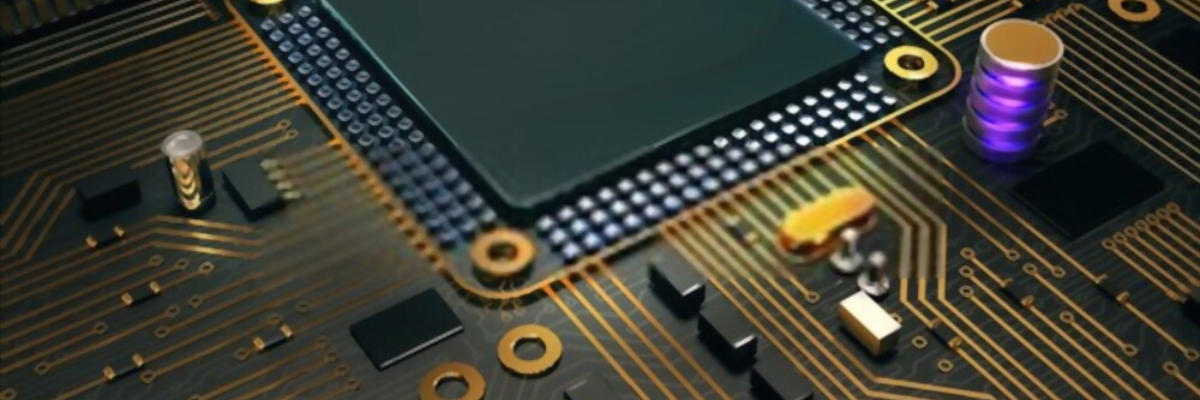

New Product Introduction (NPI) is nowadays considered to be a key differentiating factor by most original equipment manufacturers (OEMs). According to a study, an NPI may take 24 months and the manufacturer invests 25% of resources in the project. The project may fail even after making large investments. What are the causes of failure? Are there any special tips to avoid this failure? Read this post to know the answers.
Every NPI starts with a creative idea and is transformed into a useful electronic product at the end of a long series of processes including design, prototyping, electronic manufacturing and assembly, as well as testing and inspection. There are two requirements that every OEM looks forward to when designing these circuits – the product should perform as promised and reach the market before any other competitors’ product is launched. The following are the factors that may help OEMs meet these criteria and succeed with their NPI.
DFA/DFM Check: The NPI process is kicked off when an idea is transformed into design files. Schematics, Gerber files, NC drill files, Bill of Material (BOM), Assembly Instructions, and CAD Drawings are some important design files required for building a final product. The Design for Assembly (DFA) check is usually performed by design engineers and the Design for Manufacturing (DFM) check is done by assembly/manufacturing engineers. These checks helps determine the product viability, as well as its introduction time to the market. This DFA/DFM check usually helps in cost reduction and maximizes efficiency.+6320
Assembly Type: Most contract manufacturers offer three types of assembly options – kitted, partial turnkey, and full turnkey options.
It doesn’t matter, whether the OEM chooses the first, second, or third option, but ensuring the quality of components is important. The component availability must be checked, their quality must be ensured by thorough inspection and testing.
Manufacturing and Assembly: This involves several steps, which contribute to the final performance of the electronics. All steps need to be carried out carefully to ensure successful results. The following are a few popular steps involved in electronic manufacturing.
In addition to this, the following are a few steps involved in the assembly.
Testing and Inspection: Testing and inspection is an integral part of PCB manufacturing and assembly. Testing must be conducted in all phases of manufacturing to ensure product quality. Experienced contract manufacturers usually employ techniques like electrical testing, flying probe testing, and bed of nail testing when it comes to testing the bare printed circuit board. However, AXI or AOI are used when it comes to testing the quality of the assembly.
Be it a new product introduction (NPI) or repeated PCB fabrication and assembly, it is always important to partner with an experienced contract manufacturer. As they can guide you properly through all phases of product design, engineering, and manufacturing. Twisted Traces is one of the experienced and leading contract manufacturers for electronic device PCBs in the US. The company has helped several clients across industries like medical, military, consumer electronics and industrial electronics to succeed with their NPI.
.png)
